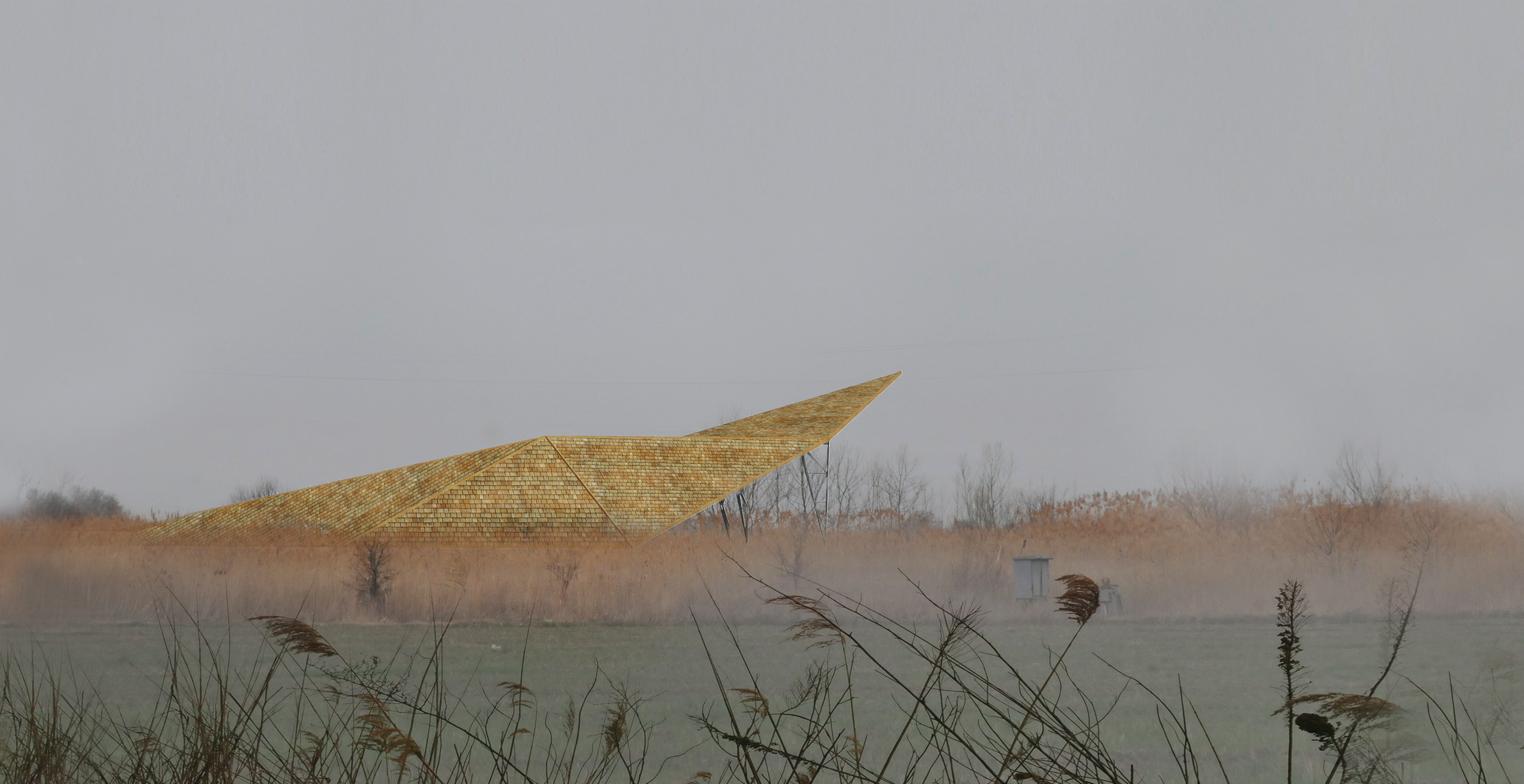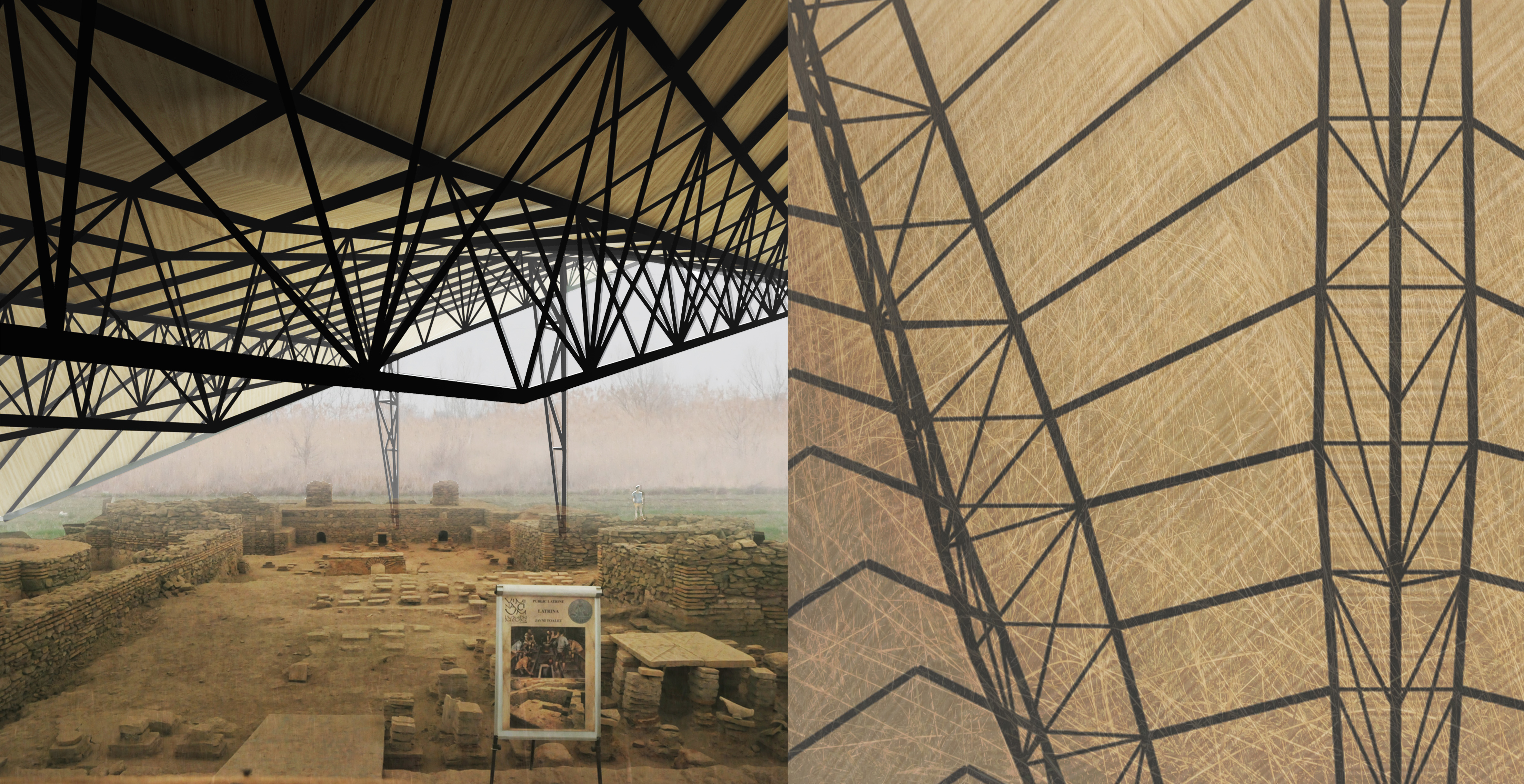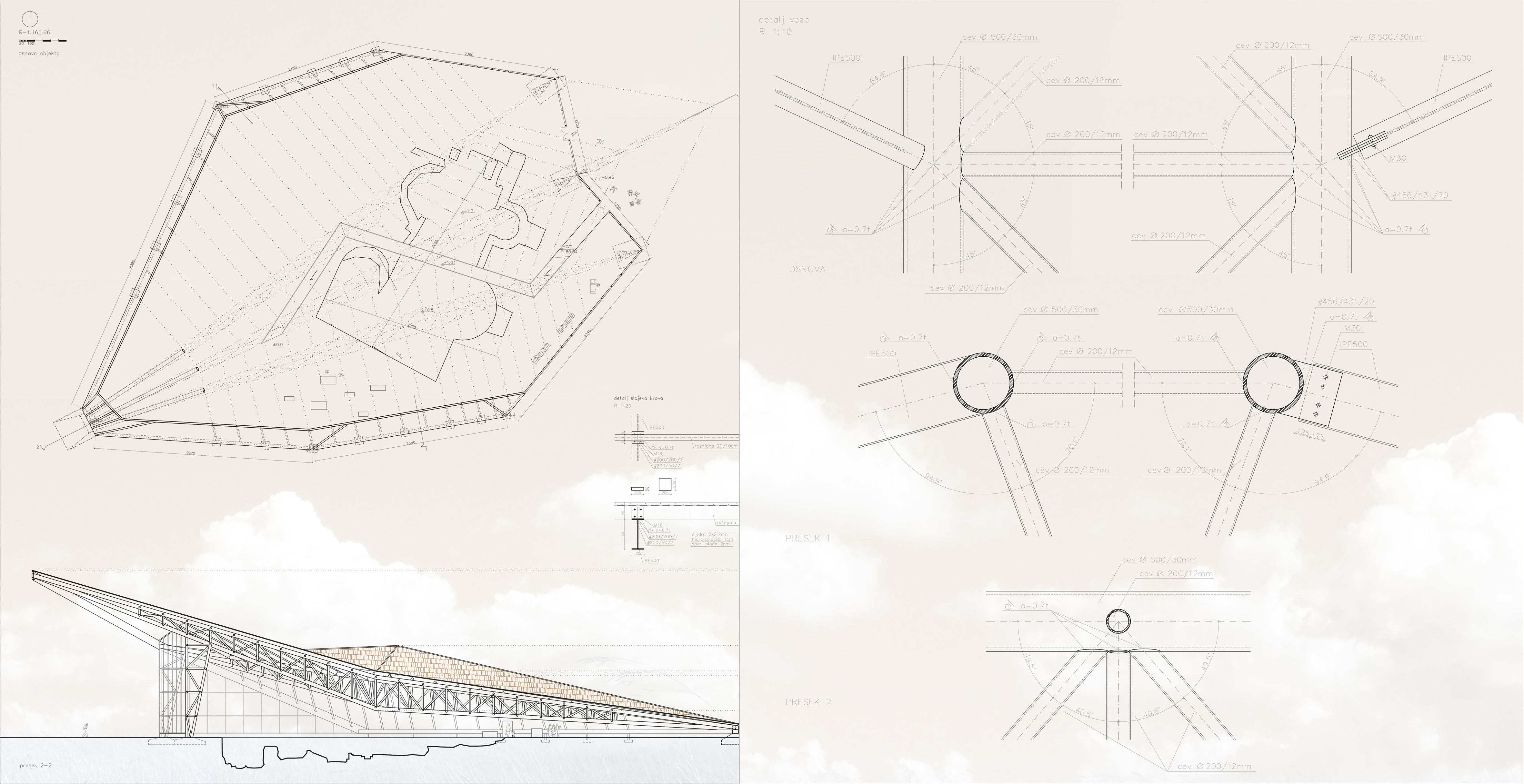A pályamű leírása:
The subject of master project is “ Saving past for the future”. The main idea was finding the best solution for the protective structure of the Roman thermae at Viminacium. Project is based on the master thesis research of different types of structures made of one primary element of construction.
Location of the project is archeological site of Viminacium. It is situated near the river Danube, at the western part of Serbia. The site is divided into two areas. The first one is the area around the Roman vila where all the found objects are displayed. The second one is the City of Viminacium. Until now excavation unveiled only the north gate, amphitheater and thermae. This part of the site will be presented as an archeological park.
Views of the site are taken as a significant urban aspect for disposition of the protective structure. Important segment of every building is its overview, especially if it is situated in natural surroundings. Because of that, form of the structure has to blend in the views of the site and to interact with its surrounding. As the architect Frank Lloyd Wright says: “The good building is not one that hurts the landscape, but one which makes the landscape more beautiful than it was before the building was built.”
Art careful observation of the atmosphere of the site, the idea is that the object should follow the imperfections of the terrain and to be built from the horizontal plane. Form of the protective structure is polygonal and asymmetrical. It is made out of triangular planes. The main idea is for it to follow a diagonal direction which goes from the terrain and opens to the square on the other side inviting people in.
The decision to make natural material the cover of the protective structure was made in order to blend the building into surroundings. The chosen material is wood shake. All the vertical planes are made of glass. Human eye searches for the natural shapes and structures, which is why this form comes from nature and blends with it.
Polygonal form of protective cover structure and large spans, approximately 90m in length, demand choosing triangular lattice for the construction without columns because of the archeological site. Primary construction are the lattices, and secondary are the beams that form triangular planes that can be transformed to the specific need of the location.

